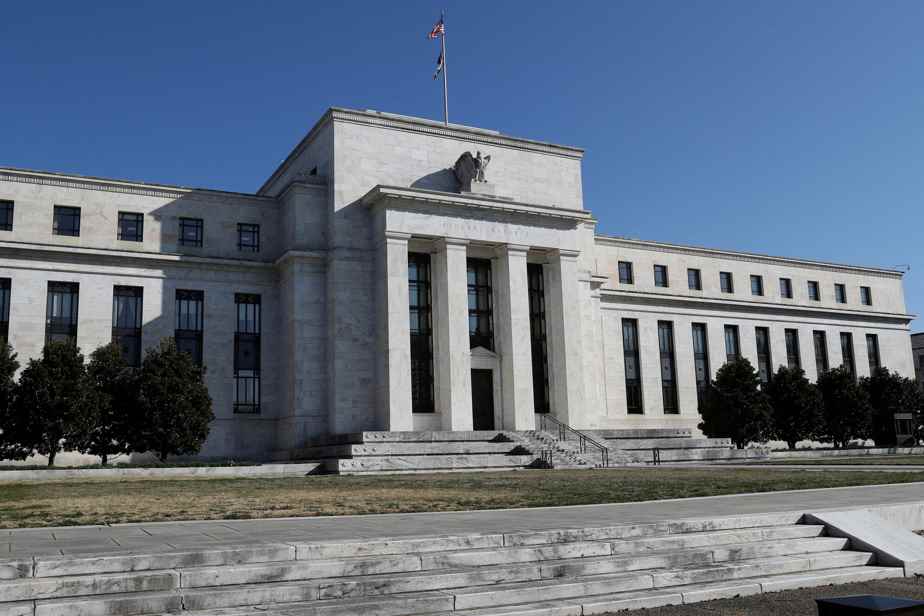(Washington) A level of capitalization which remains solid during a potentially severe recession: the American Central Bank delivered a general satisfaction to the American banks which successfully passed its last resistance test, although more vigorous than that of last year.
Posted at 4:48 p.m.
“The 2022 stress test shows that large banks have sufficient capital to absorb more than $600 billion in losses and continue to lend to households and businesses under difficult conditions,” the report’s authors concluded.
The capital ratios of all the banks tested would fall to 9.7%, “more than double the minimum required”, they said.
A total of 34 establishments, including JPMorgan Chase and Goldman Sachs, as well as American subsidiaries of foreign banks such as Credit Suisse, were required to take part in the Federal Reserve (Fed) test this year compared with 23 last year.
The 2022 edition indeed included the participation of smaller banks which are only subject to these tests every other year.
“Therefore, the aggregate results reported for the 2022 stress test are not fully comparable to the results of the 2021 stress test,” the Fed points out.
Stress tests were introduced by the Dodd-Frank Act after the 2008 financial crisis. Until the crisis caused by the COVID-19 pandemic, they were generally only carried out once a year.
But the Fed had added an additional test in December 2020 due to the same pandemic.
The tests assess the resilience of banks by estimating their losses, their income or even their levels of capital, which provide protection under hypothetical conditions and over a period of nine quarters to come.
The scenario chosen this year was “more difficult than the 2021 test, by design”, commented the Fed in a press release.
It included “a severe global recession with significant stress in the commercial real estate and corporate debt markets.”
In this scenario, the unemployment rate peaked at 10% – from 3.6% in May – and GDP fell “as a result”.
More losses for big banks
Asset prices were also falling sharply, with commercial real estate prices contracting nearly 40% and stock prices falling 55%.
The 612 billion dollars of total losses were then due “largely” – for 463 billion – to loan losses.
“Projected losses on consumer loans represent a smaller share (31%) of total losses than losses on commercial loans (45%)”, also detailed the Central Bank.
In addition, the loan portfolios, which constitute the largest amount of losses, are commercial and industrial loans and credit cards, “each representing 26% of total loan losses”.
The Fed also notes that this year, the big banks have seen an increase of more than $50 billion in losses compared to the 2021 test.
Last year, passing this test allowed the lifting of restrictions imposed on large banks during the pandemic on the payment of dividends and share buybacks.
With the new results, banks will be able to announce new plans for dividend payments and share buybacks starting Monday at 8:30 p.m. GMT, according to a Fed official.
The results of these tests “show that the largest banks in the country remain well positioned to absorb a series of potential economic shocks while continuing to support their customers and their communities”, welcomed Rob Nichols, the president of the Federation of American banks (ABA) in a press release.
“The sector’s strong balance sheets and high capital levels ensure that banks can make the loans that drive our economy even if they face significant headwinds,” he added.
